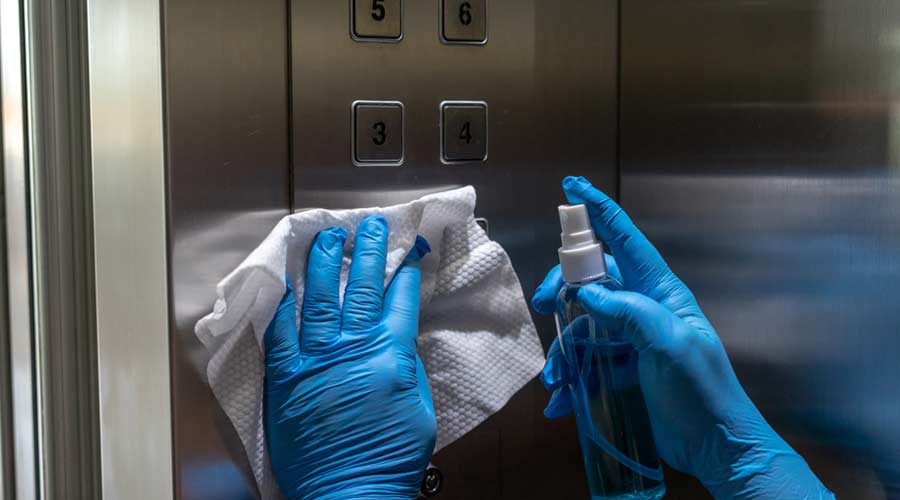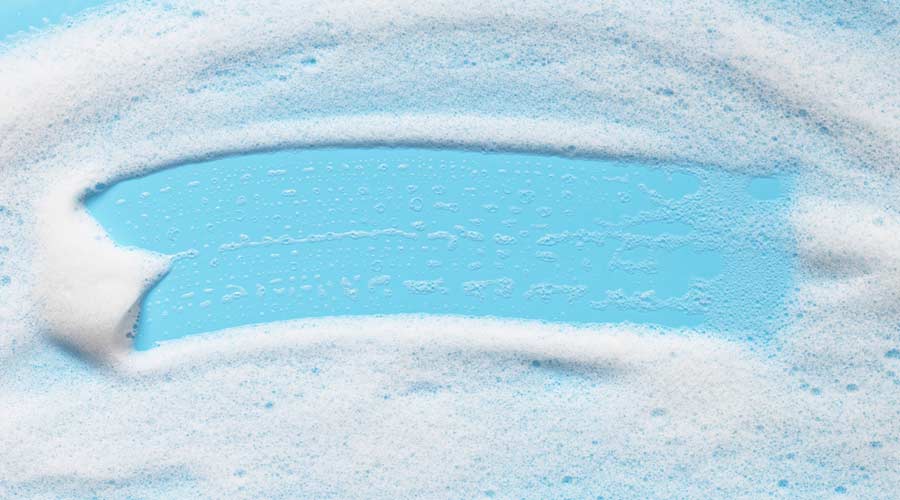
Aspire Software, a ServiceTitan company, recently released its 2025 Commercial Cleaning Insights Report, highlighting current trends, challenges, market perception, and tactics for driving sustainable growth this year. The report surveyed over 1,000 commercial cleaning companies, spanning janitorial, commercial cleaning, building services, specialty services, and facilities management trades, and found that most respondents (90 percent) have either a positive or neutral outlook for 2025, with 50 percent anticipating an increase in profits and 57 percent expecting revenue growth. The survey also indicates that to continue growing, commercial cleaning companies must balance digital innovation with traditional service values.
“People are continuing the return to office as the world moves further away from the COVID-19 era. At the start of the pandemic, the industry was impacted with a brief decline in revenue. Still, it rebounded fairly quickly with a renowned focus on health and sanitation,” said Mark Tipton, CEO of Aspire Software. “The industry has showcased its resilience, with us continuing to see this upward momentum. We expect this trend to continue, driven by greater tech and AI adoption, to fuel positive financial performance.”
The commercial cleaning industry is evolving quickly, but customer relationships are the anchor. While more than half (53 percent) of reported revenue comes from ongoing work, repeat customers make up 40 percent of sales for commercial cleaners, proving that long-term relationships with clients are one key to success in the industry. Aiming to maintain upward momentum, new customer acquisition (61 percent) and revenue growth (61 percent) rank among businesses' top priorities, followed closely by improving cash flow (55 percent). The research also reveals that half of commercial cleaning businesses plan to increase sales and marketing efforts to achieve these objectives, and nearly one-third (32 percent) plan to adopt new software and technology in 2025.
Staffing continues to challenge the industry, with nearly two-thirds of businesses (63 percent) aiming to expand but facing recruitment issues. Adding to existing staffing challenges, 57 percent of companies named customer retention a primary concern. An additional risk to recruitment and retention identified by these companies (30 percent) is maintaining profitable margins.
One way commercial cleaning businesses are combating these obstacles is by increasing employee wages. A quarter of businesses are expected to increase their wages by 2 to 3 percent, and this is the range that received the highest number of responses.
Commercial cleaning companies recognize the need for modern solutions to overcome obstacles, streamline operations, and enhance efficiency. Nearly one-third (32 percent) of companies plan to adopt new software and technology in 2025. For 40 percent of respondents, end-to-end business management software is crucial, with AI and data analytics gaining traction across the sector. Additional business tactics to overcome business challenges include focusing on sales and marketing (50 percent), employee training (36 percent), and recruitment and hiring (35 percent).
Currently, 45 percent of companies rely on five to seven software applications, with payroll processing (56 percent), accounting (54 percent), and invoicing (50 percent) being the most popular. However, 25 percent of respondents feel that existing software falls short of expectations and identify lagging digital transformation as a significant business risk, highlighting the need for industry-specific solutions. For the companies looking to switch software and technology, more than half (56 percent) indicate that the company costs of onboarding and learning new software are potential barriers to switching. In comparison, 55 percent of businesses also view feature locking and 47 percent lack the time to research and evaluate options. Looking ahead, nearly half (42 percent) of companies seeking new solutions prioritize operational efficiency improvements.

 The Down and Dirty on Cleaning in Virus Season
The Down and Dirty on Cleaning in Virus Season How Surfactant Use is Expanding in Commercial Cleaning
How Surfactant Use is Expanding in Commercial Cleaning